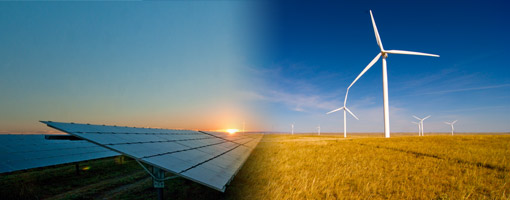The renewable energy policy FiT analysis report finds that wind is the most widely used renewable energy source, in terms of renewable energy installation, followed by solar, bio energy and geothermal.
However, in terms of adoption rate, solar is being widely adopted and deems to be a promising technology in the near future, FiT report said.
Countries worldwide are planning to promote renewable energy in one way or the other in order to reduce dependency on fossil fuels. Hence, mandatory renewable energy targets are being laid down by the governments to ensure that the power producers produce certain proportions of the total electricity generation from renewable energy sources.
As of 2015, 164 countries around the world have adopted at least one type of renewable energy target. In order to meet these targets and also to increase the adoption of renewable energy technologies, governments have framed policies and are providing incentives, such as feed-in tariff.
The EU and the U.S. have set a base line renewable energy target of 20 percent by 2020.
China alone added approximately 15, 150 MW of capacity to its solar energy in 2015. Moreover, in 2015, China surpassed Germany to become the largest installer of solar Photovoltaic (PV). The country aims to reach a renewable energy target of around 100 GW of solar PV capacity by 2020.
In 2015, the largest capacity addition of geothermal and bio energy technology was observed in the U.S. and Brazil respectively.
Feed-in tariff is a performance-based incentive, promoting rapid deployment of renewable energy technologies. Well-designed feed-in tariff policies can positively impact job creations and economic growth, the report said.
Feed-in tariff policies can be implemented to support all renewable technologies including wind, solar, geothermal, bio energy, fuel cells, and tidal & wave power. Feed-in tariffs are generally awarded as long-term contracts set over a period of 10 years to 20 years. Currently, there are seven U.S. states such as California and Washington that mandate feed-in tariffs.
Some of the leading organizations present in the renewable energy value chain includes Ministry of Environment, Energy and the Sea (France), Ministry of New and Renewable Energy (India), Ontario Power Authority (Canada), Office of Gas & Electricity Markets, U.K. Government (U.K.), Ministry of Economy, Trade and Industry (Japan), Dominion Virginia Power (U.S.), Tennessee Valley Authority (U.S.), Los Angeles Department of Water & Power (U.S.), among others.
Rajani Baburajan

